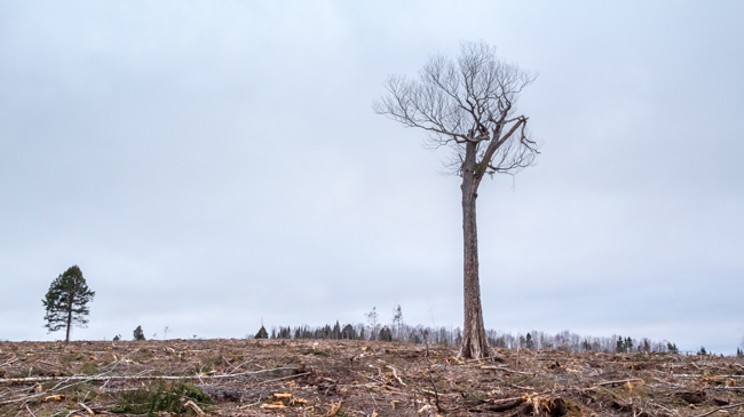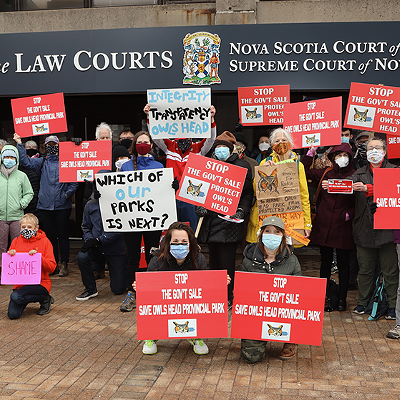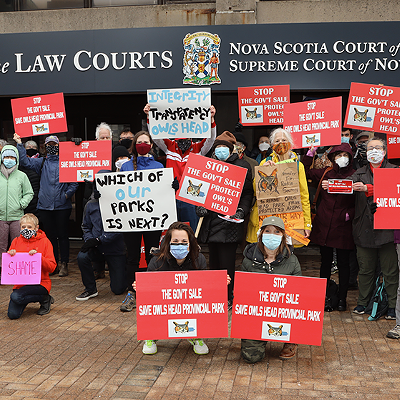It’s been nearly two years since the province lifted regulations requiring NS Power's biomass plant to run around the clock. Nevertheless, the facility has been operating non-stop for over a month now due to soaring natural gas prices.
Nova Scotia Power spokesperson Tiffany Chase confirms the Point Tupper plant has been running “fairly consistently” over the past few months in order to provide a cheaper option for electricity customers.
Chase blames rising conventional fuel prices for NS Power’s increasing reliance on the “economic” biomass option.
“Over the past number of months we have seen natural gas and other fuel prices rise, resulting in us more regularly dispatching the biomass plant as a reliable, renewable and economic energy source,” she writes in an email to The Coast.
Typically, the plant operates more frequently in colder months because demand for electricity is much higher. Its fires were last turned off for an undisclosed period of time over a month ago.
Specific timetables of when and how long the burner has been in operation aren’t routinely disclosed, says Chase.
“But it’s fair to say it operated more than forecast in 2017 as an economic, renewable fuel option to provide value for customers.”
The plant was first introduced with a stated goal of helping Nova Scotia meet
A government mandate for constant “eco-friendly” energy required the plant to burn 24 hours a day, seven days a week, even when there was no waste wood available as fuel. Primary biomass like hardwood trees ended up in the kiln to satisfy the province’s must-run demand.
In the plant’s first full year of operations, 10 percent of the 530,000 metric tonnes of biomass burned was shipped in from outside the province.
The government loosened the always-on restriction in 2016 after NS Power estimated it could save $9 million annually running the plan on an as-needed basis.
Chase says current biomass fuel being burned is a mix of bark and wood chips with no other commercial use.
According to NS Power’s 10-year system outlook, by 2020 the Point Tupper plant will produce about 2.6 percent of the province’s total annual electricity and seven percent of renewable energy targets.
The power company is already forecasting an eight percent surplus in renewable energy by 2020 when the provincial target for green energy jumps from 25 percent to 40.



















